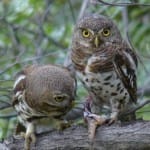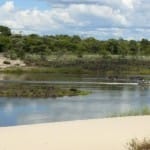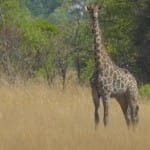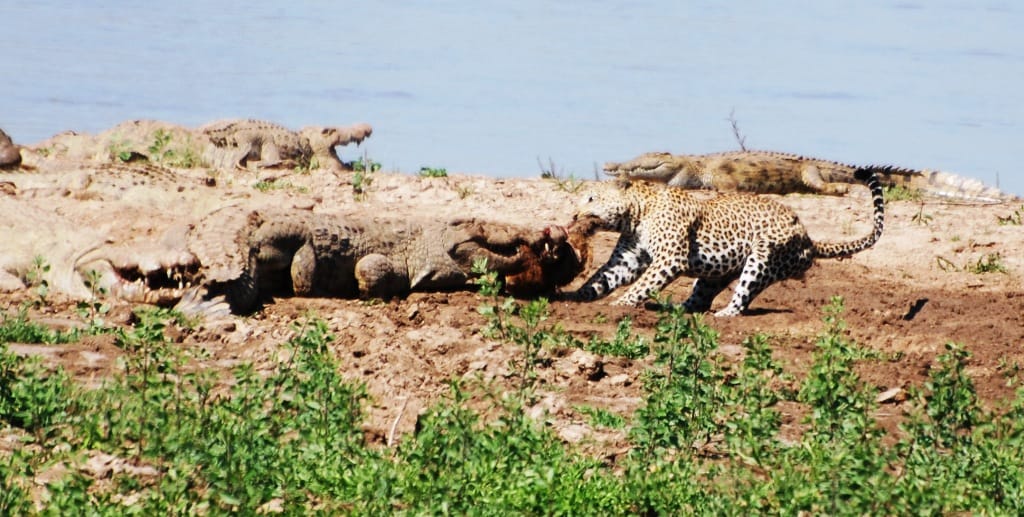SIOMA NGWEZI NATIONAL PARK
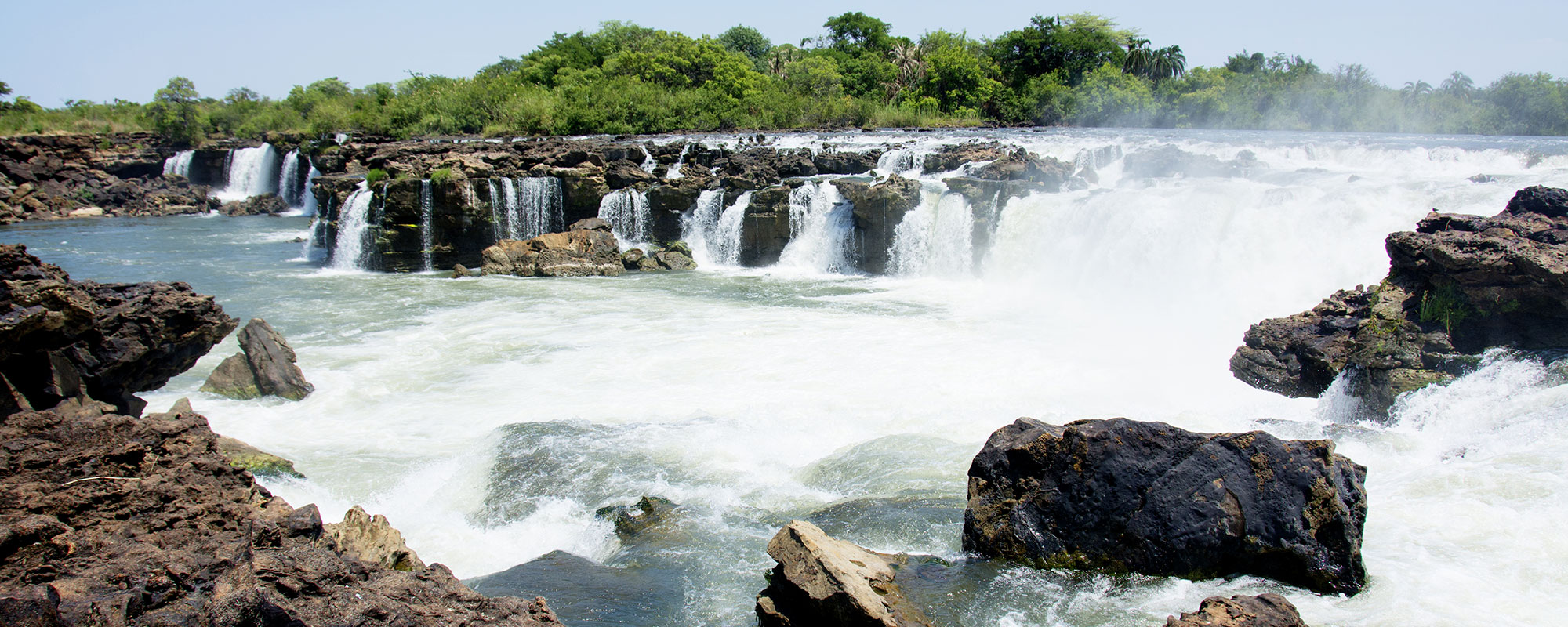
Sioma Ngwezi National Park is covered mainly by Kalahari woodland. It is the third largest park in Zambia, covering a total area of 5 276km² / 3 278mi². It was heavily poached in the past but the situation is improving and wildlife is recovering. Elephants are seen at the southeast border where they have re-established an old migration route, which is now visible with several tracks in a corridor extending over more than a kilometre (half a mile). Most wild game associated with the African bush may be encountered and numbers are slowly growing. According to wildlife scouts from the Zambia Wildlife Authority (ZAWA), Sioma Ngwezi holds a huge variety of species such as elephant, lion, leopard, hyena, cheetah, wild dog, giraffe, eland, sable, roan, tsessebe, zebra, impala, kudu, duiker, buffalo, hippo, crocodile and sitatunga as well as a great number of birds.
Game drives, nature walks and bird watching excursions are available. Tiger fishing in the Zambezi River presents a challenge for sport anglers from all over the world. The main natural attraction in the area is the Sioma (or Ngonye) Falls. The Falls, although not nearly as spectacular as Victoria Falls, do impress visitors as they are quite extensive. In the dry season you can get up close and swim in one of the rock pools. The local people belong to the Lozi tribe who are ruled by the Barotse Royal Establishment, representing one of the richest cultures in Zambia.
MORE INFORMATION
LATEST NEWS
Project Luangwa Sewing a Better Future for Local Women
Some of you might have seen a previous post here about the truly comendable work being done by Project Luangwa in and around the town of Mfuwe just outside the famous South Luangwa National Park. Project Luangwa is an NGO, [...]
Lion Cubs Take Over Camp in Liuwa Plain National Park
Three cheeky lion cubs as well as a cheetah have been making the refurbishment of Matamarene Camp in Liuwa Plains, a little tricky. We’ve been watching Norman Carr Safaris over the last few months; Matamanene Camp has been given a [...]
One Eyed Male Leopard – proving he’s still boss!
Leopards, an awesome sighting any day and almost a guarantee in the South Luangwa National Park in Zambia, nicknamed the Valley of the Leopard. Sleeping in trees, wandering about, on the hunt, mating and fighting, we thought we had [...]

